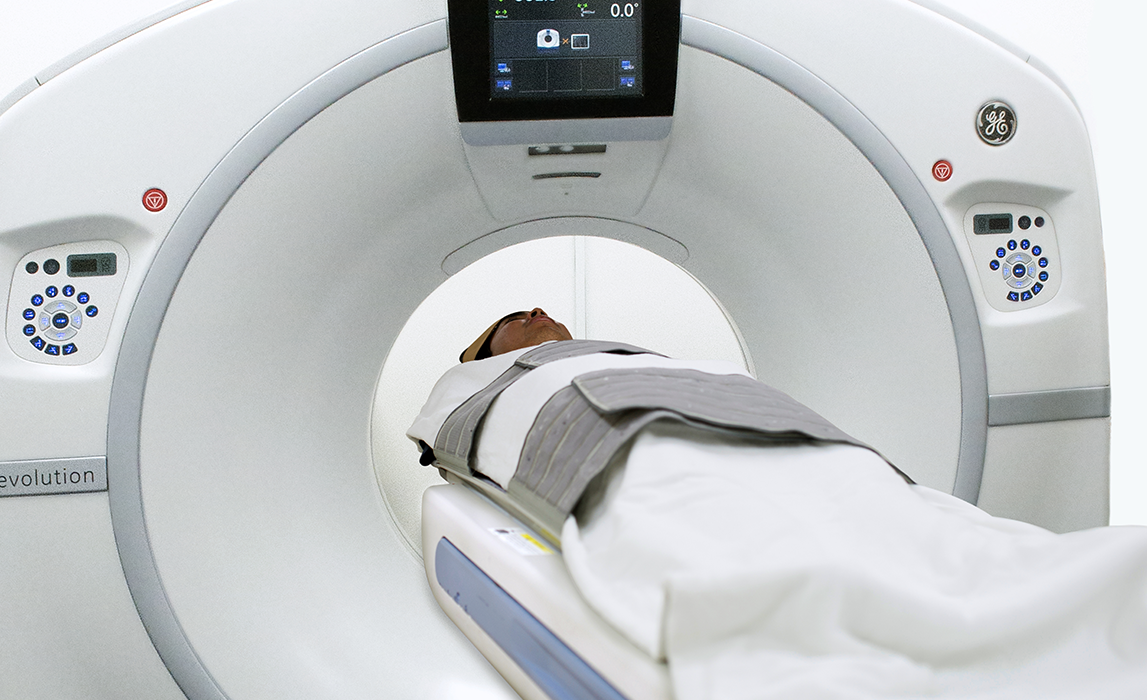Low-dose computed tomography (LDCT) has gained attention as a screening tool for lung cancer, particularly in individuals at high risk for the disease. The use of LDCT for lung cancer screening has been studied extensively, and it has shown promise in detecting lung cancers at earlier, more treatable stages.
Advantages of LDCT for Lung Cancer Screening:
Early Detection: LDCT has demonstrated a higher sensitivity in detecting small lung nodules compared to traditional chest X-rays. Early detection can lead to more effective treatment and improved outcomes.
Reduced Mortality: Clinical trials, such as the National Lung Screening Trial (NLST), have shown that lung cancer screening with LDCT can lead to a reduction in lung cancer mortality compared to chest X-ray screening.
Risk Stratification: LDCT is generally recommended for individuals at high risk for lung cancer, such as those with a significant smoking history. This helps in targeting the screening to those who are more likely to benefit.
Less Invasive than Biopsy: Detecting lung nodules early through LDCT may reduce the need for more invasive diagnostic procedures like lung biopsies.
Improved Survival Rates: Early-stage lung cancers often have better prognosis and treatment options. LDCT screening may contribute to improved survival rates by identifying cancers before they advance.
Pitfalls:
False Positives: LDCT may lead to false-positive results, where nodules are detected that are not cancerous. This can lead to additional tests, potential anxiety, and unnecessary interventions.
Radiation Exposure: Although LDCT uses lower radiation doses compared to standard CT scans, it still involves exposure to ionizing radiation. The balance between benefits and potential harm from radiation should be considered.
Appropriate Patient Selection: Identifying individuals at high risk for lung cancer is crucial for the effectiveness of LDCT screening. Screening should be targeted toward those who are most likely to benefit.
Recommendations:
The U.S. Preventive Services Task Force (USPSTF) recommends annual LDCT screening for individuals aged 50-80 years who have a 20 pack-year smoking history and currently smoke or have quit within the past 15 years.
Shared decision-making between patients and healthcare providers is essential to discuss the potential benefits and risks of LDCT screening based on individual factors.
In conclusion, LDCT for lung cancer screening can be valuable, especially for high-risk individuals, as it has the potential to detect lung cancer at earlier stages and reduce mortality. However, the decision to undergo screening should be individualized, considering the specific risks and benefits for each person.

